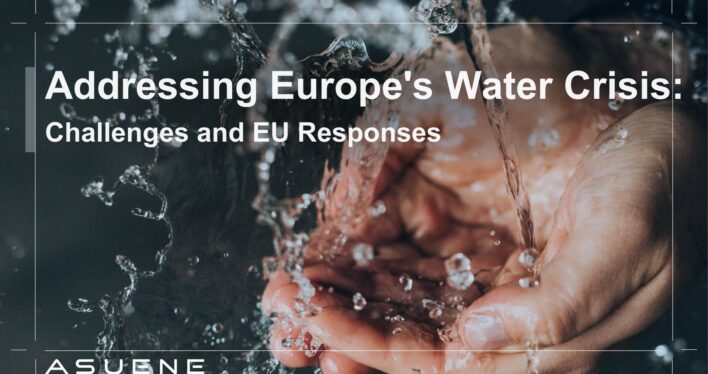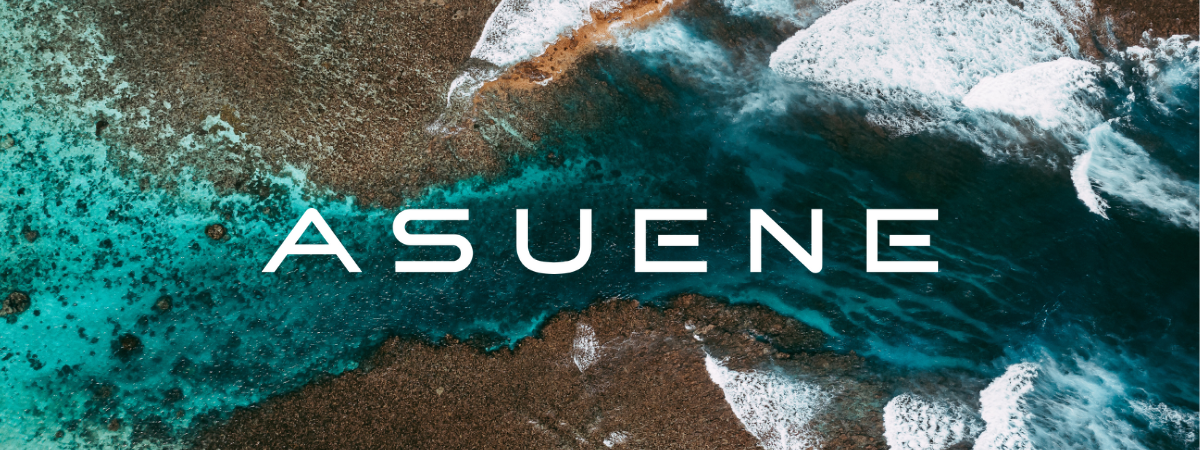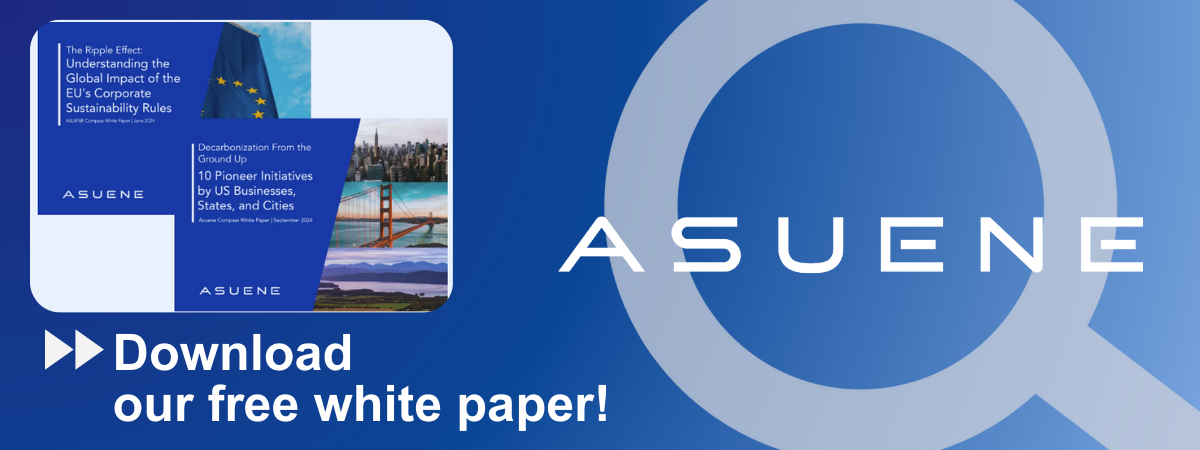- Article Summary
-
OVERVIEW
Water scarcity is no longer a future threat—it is a present-day reality affecting billions of people across every continent. Defined as the imbalance between the demand for and availability of fresh water, water scarcity is a multifaceted issue shaped by natural, political, economic, and technological factors. In Europe, recent legislative and policy initiatives are attempting to address this growing challenge, particularly as climate change intensifies regional disparities. As of 2025, the European Parliament, in collaboration with the European Commission, has identified water resilience as a top priority in its Green Deal policy framework.
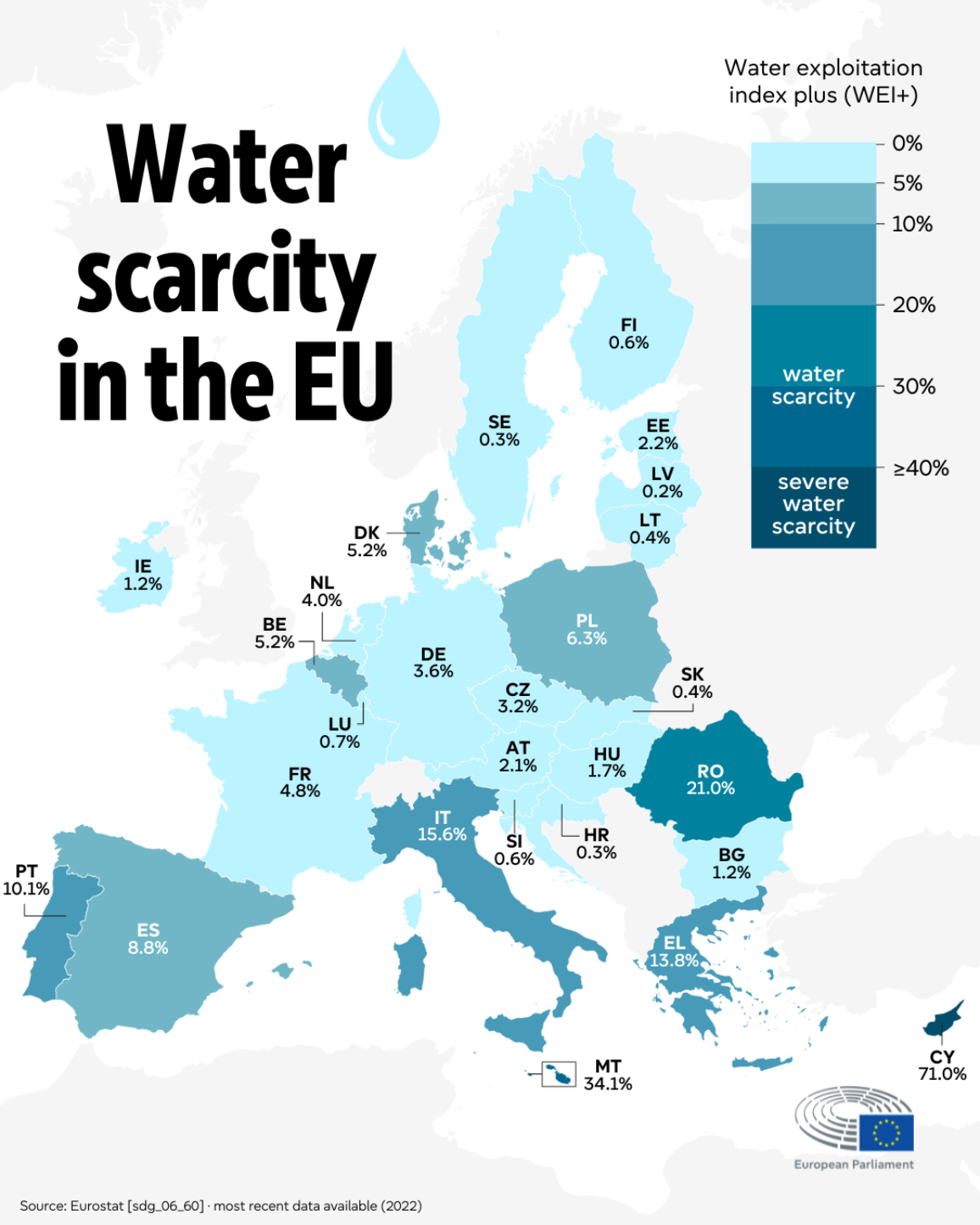
This article explores the scope of water scarcity globally and within Europe, evaluates the EU’s latest legislative responses, examines implications for businesses and ESG investors, and outlines a strategic path toward long-term water resilience. Drawing from updated sources, including the European Parliament (2025), UN Water, the World Resources Institute, and CDP, this deep-dive aims to provide actionable insights for policymakers, investors, and sustainability leaders.
DEFINING GLOBAL WATER SCARCITY AND ITS SYSTEMIC CAUSES
Water scarcity occurs when water demand exceeds the sustainable supply in a given geographic area. It can be categorized into two main types: physical scarcity and economic scarcity. The former refers to actual water shortages, while the latter results from inadequate infrastructure or financial capacity to access available water.
Core Metrics for Classification:
- Water Stress: < 1,700 m³ per person annually
- Water Scarcity: < 1,000 m³ per person annually
- Absolute Scarcity: < 500 m³ per person annually
UN data (2025) estimates that 2.4 billion people live in areas facing high water stress.
Key Drivers of Water Scarcity
- Climate Change – Alters precipitation cycles and increases drought frequency.
- Population Growth – Amplifies urban and agricultural water demand.
- Industrial Expansion – Intensifies competition for water resources.
- Pollution and Degradation – Reduces the volume of usable water.
- Infrastructure Gaps – Lead to economic scarcity and inefficiencies.
The World Resources Institute’s Aqueduct tool shows that by 2040, 33 countries will face extremely high water stress, with a significant number in Europe, especially in the Mediterranean region. The link between water and food security, public health, and economic productivity underscores the need for urgent and integrated water resource management.
EUROPE’S WATER CRISIS AND THE EU’S 2025 POLICY FRAMEWORK
Europe is now confronting water scarcity not as a seasonal anomaly but as a structural crisis. Southern and Eastern European regions are particularly vulnerable due to climate pressures, inefficient agriculture, and underinvestment in water systems. The European Parliament’s 2025 report outlines both the scale of the problem and the suite of policy responses underway.
A Continent Under Stress
- Spain and Italy have reported groundwater levels falling below historical lows.
- France’s southern region has recorded back-to-back years of agricultural drought.
- Bulgaria and Hungary continue to struggle with industrial water pollution.
Challenges Identified:
- Overextraction of aquifers and insufficient rainfall capture
- Aging urban infrastructure resulting in water loss >30% in some cities
- Inconsistent national-level enforcement of EU water directives
2025 Legislative Response: The Water Resilience Act
The proposed Water Resilience Act and the updated Water Framework Directive include:
- Binding targets for sector-specific water use efficiency
- Incentives for circular water technologies (reuse, desalination)
- Mandatory digital monitoring for large water users using AI/IoT
- A transboundary coordination framework to prevent regional conflicts
The EU has committed €50 billion through 2030 toward water-resilient infrastructure and nature-based solutions.
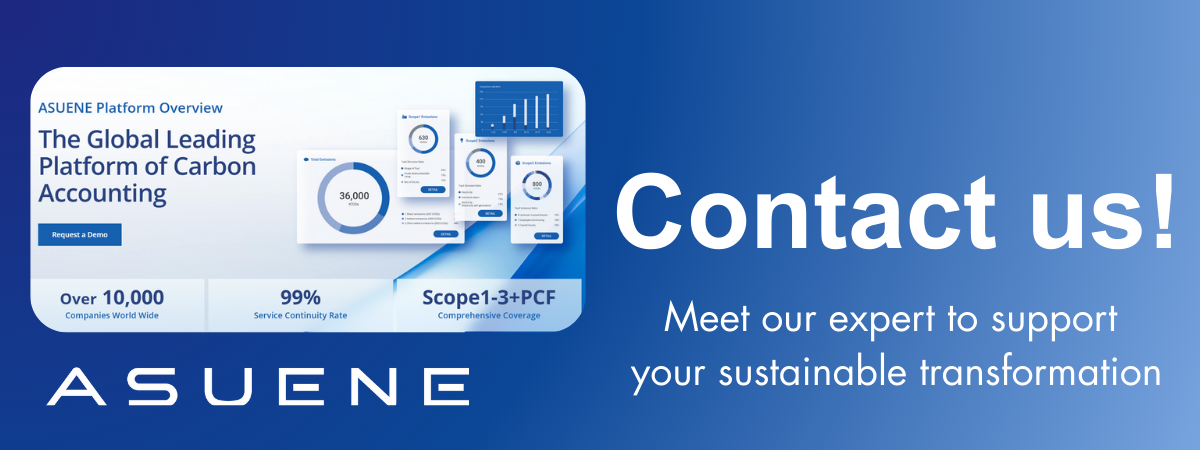
ESG RISKS AND OPPORTUNITIES IN THE ERA OF WATER SCARCITY
Water risk is increasingly recognized as a material ESG issue by investors, regulators, and rating agencies. The financial sector is now factoring water stress into credit ratings, shareholder resolutions, and sustainable finance products.
High-Risk Sectors:
- Food & Agriculture – Dependent on irrigation; vulnerable to supply chain shocks.
- Beverage & Bottling – Facing community opposition and regulatory scrutiny.
- Fashion & Textiles – High water consumption and pollution risks.
- Technology & Data Centers – Require extensive cooling infrastructure.
ESG Frameworks & Standards:
- CDP Water Questionnaire – Provides transparency on corporate water risk exposure.
- TNFD (Taskforce on Nature-related Financial Disclosures) – Includes water dependencies.
- EU Taxonomy – Classifies water-efficient investments as sustainable activities.
Case Example: Nestlé
Nestlé has reduced water withdrawal per ton of product by 32% from 2010 to 2024 through:
- Closed-loop recycling systems
- Investment in precision agriculture in supply chains
- Public reporting aligned with CDP and GRI standards
According to Morningstar, ESG funds with water stewardship screens outperformed peers by 1.6% annually (2020–2024).
Business Imperatives:
- Conduct watershed-level risk assessments
- Implement internal water pricing mechanisms
- Collaborate with municipalities and local communities
TOWARD A SUSTAINABLE AND WATER-SECURE FUTURE
Water scarcity is no longer a challenge that can be managed solely by environmental ministries or water utilities. It intersects with economic policy, financial stability, corporate governance, and public trust. The path forward will require bold public-private partnerships, empowered citizen engagement, and scalable innovation.
A Three-Pillar Strategy for the Future:
- Policy & Regulation – Harmonized water standards across the EU
- Technology & Infrastructure – Smart monitoring, leak detection, water reuse
- Education & Equity – Ensuring fair access and awareness at all societal levels
Public awareness campaigns, like the EU’s “Water Wise” initiative, and educational programs in schools are essential to embed water conservation in cultural norms. Meanwhile, continued investment in nature-based solutions—such as wetlands and urban green spaces—will help mitigate the dual risks of water scarcity and climate change.
By elevating water governance to the heart of climate and economic planning, Europe—and the global community—can ensure water remains a shared, sustainable, and resilient resource.
Why Work with ASUENE Inc.?
Asuene is a key player in carbon accounting, offering a comprehensive platform that measures, reduces, and reports emissions, including Scope 1-3, with expertise in decarbonization. Asuene serves over 10,000 clients worldwide, providing an all-in-one solution that integrates GHG accounting, ESG supply chain management, a Carbon Credit exchange platform, and third-party verification.
ASUENE supports companies in achieving net-zero goals through advanced technology, consulting services, and an extensive network.
